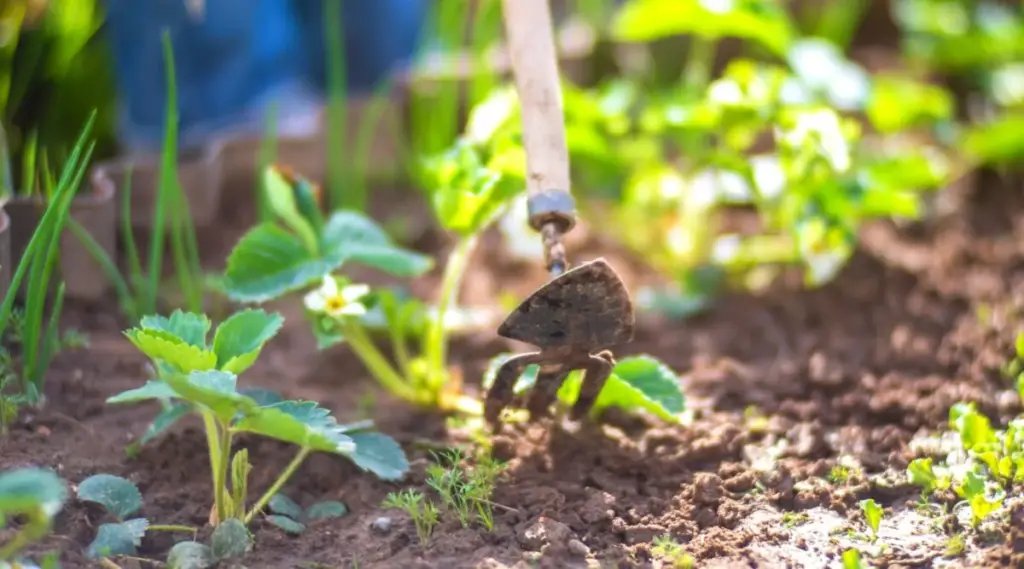
As the summer heat builds, October is rapidly approaching. It won’t be long until you can enjoy the lowering temps outside once more. As we approach the dog days of summer, gardening can truly drain a person. Here, gardening expert Melissa Strauss will go over a few things you can do now to give your garden a boost and keep things blossoming into the cooler months. It will pay off, though, if you can find a cool evening to spend tidying up the garden.Fall gardening requires far less work than spring planting, and it differs from the hard lifting required to prepare for winter. However, there are a few essential chores that can help your garden close out the summer and welcome October. These 15 projects will help you tend to your garden at the end of summer and get your plants ready for a spectacular fall display.
Harvest Summer Vegetables
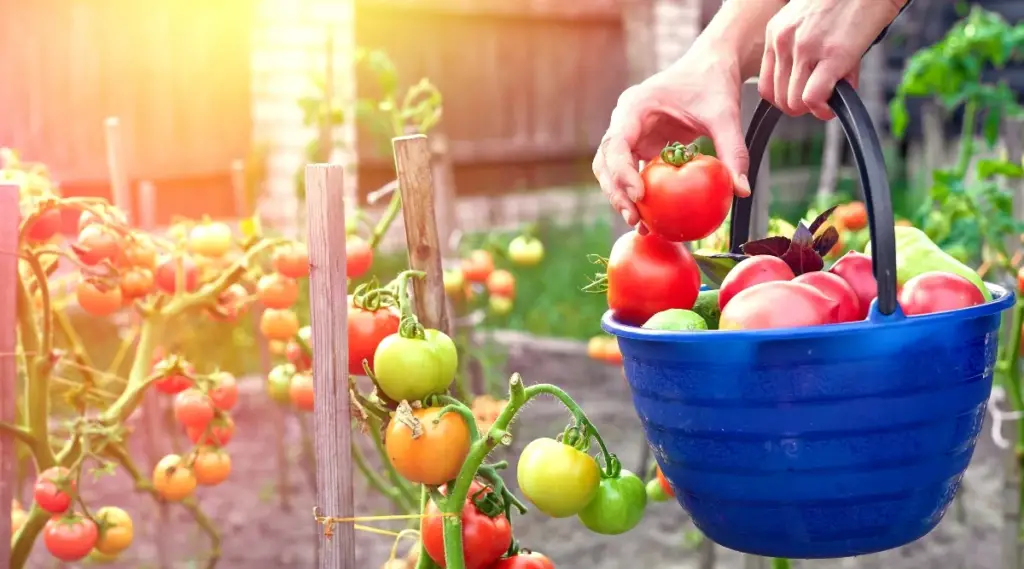
As summer crops begin to wind down, it’s time to gather the remaining produce. Pick ripe tomatoes, beans, and other summer vegetables that are ready for harvest. This is also the moment to clear out plants that have finished their production cycle.
Remove spent plants from your garden and dispose of them properly. While most can go into the compost pile, be cautious with highly acidic vegetables like tomatoes, as they can impact the composting process if added in large quantities.
Weed Thoroughly
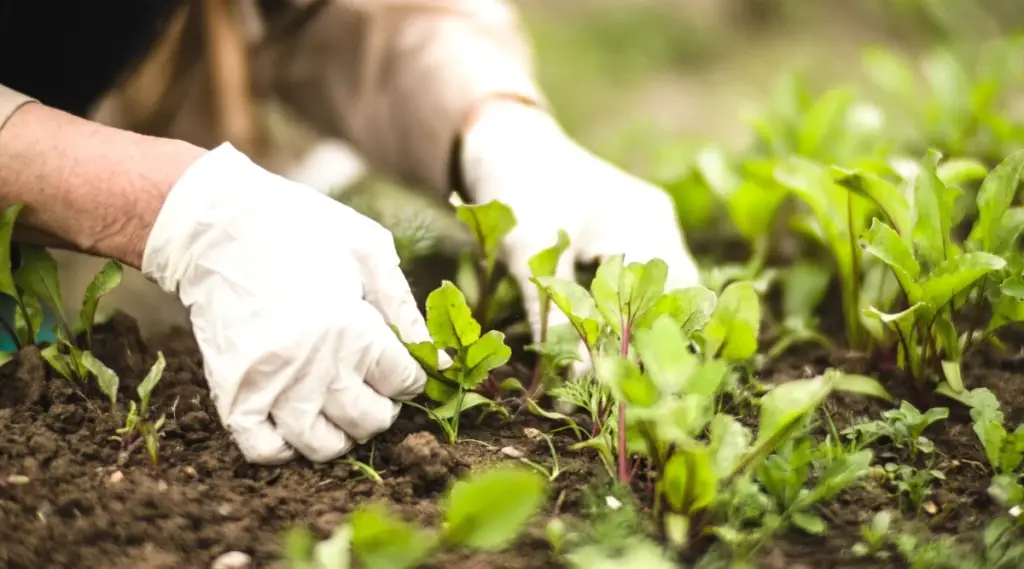
Weeding is crucial during the summer months to prevent competition for resources, root congestion, and pest infestations. As weeds proliferate, they absorb nutrients and water that your crops need, can strangle crop roots, attract pests, and foster conditions for fungal and bacterial issues.
Perform a thorough weeding session before the fall season arrives to prepare your garden beds for new plants and to maintain overall garden health. If manual weeding is a chore, consider using specialized tools to make the process more efficient.
Deadhead
Deadheading your summer-blooming perennials is an essential task to encourage continued flowering and promote overall plant health. This task can be conveniently combined with your garden assessment.
Remove dead blooms to help your plants focus their energy on producing new flowers. Deadheading not only improves the garden’s appearance but also supports vigorous plant growth. Use your fingers for tender stems and clean shears for woody ones.
Remove Spent Annuals and Make Divisions
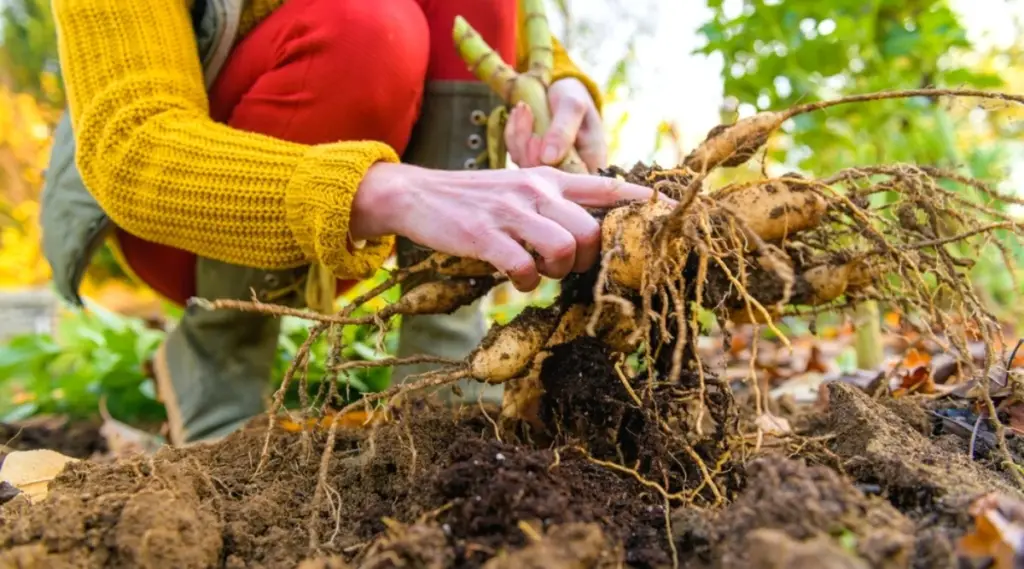
As the summer season ends, it’s time to clear out annuals that have finished blooming to make room for fall varieties. Removing these plants can enhance airflow and reduce potential issues with pests or diseases.
Also, consider digging up and overwintering bulbs or dividing plants that need replanting. This is particularly important for plants that are not winter-hardy in your area.
Take Cuttings

Late summer is an ideal time to take cuttings for spring propagation. Some plants can be successfully regrown from cuttings if kept indoors over the winter. Research the specific needs of your plants to determine the best approach for overwintering.
Properly care for your cuttings to save resources and avoid the need to repurchase plants in the spring.
Collect Seeds
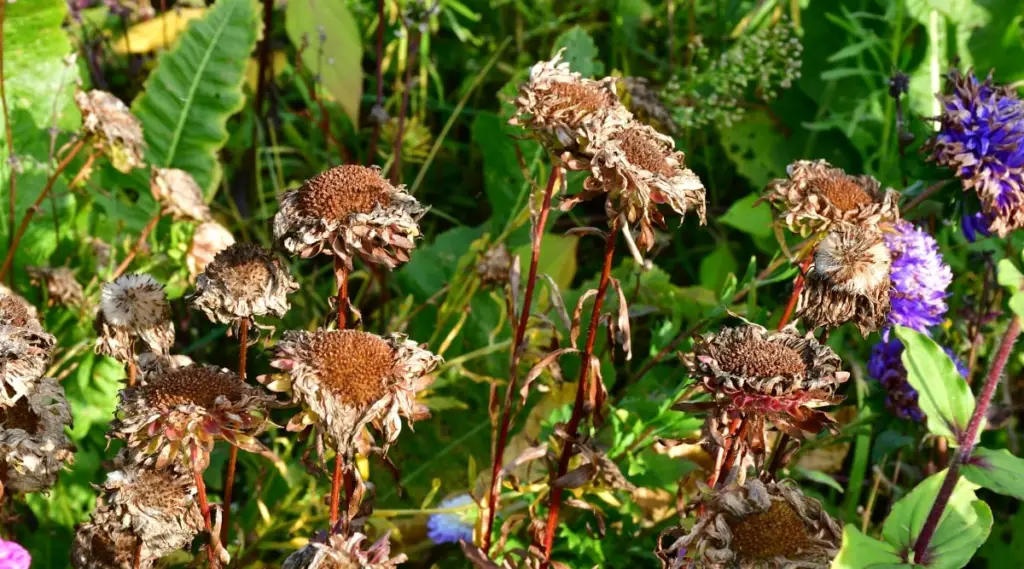
Harvesting seeds from dried fruits and flowers is a cost-effective way to prepare for next year’s garden. Collect seeds from plants that have ripened and dried, ensuring you label and store them correctly for spring planting.
Amend Soil if Needed

After removing summer annuals, it’s an excellent opportunity to improve your soil by adding organic fertilizers like compost or manure. Organic matter enriches the soil gradually, preparing it for the spring season and reducing your workload later.
Mix amendments thoroughly into the soil to ensure they break down effectively and enhance soil fertility.
Replace with Fall Annuals
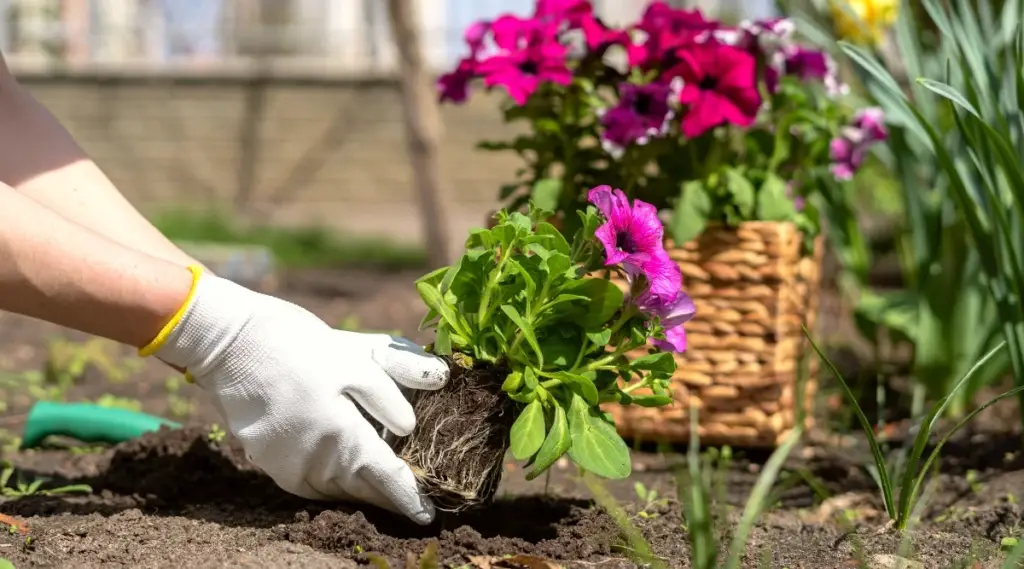
With early-blooming annuals removed and soil amended, it’s time to plant fall-blooming varieties such as snapdragons, pansies, and petunias. These plants will add color to your garden throughout the fall and attract pollinators.
Check on Perennials

Give your perennials some attention by inspecting them for damage, disease, or pests. Remove any dead or damaged foliage and address any issues. Pruning should be minimal to avoid encouraging tender new growth that could be damaged by winter’s cold.
Transplant Potted Perennials

If you have potted perennials that need relocating, now is a good time to plant them in the ground. Ensure the plants are suitable for your climate and allow them time to establish before winter sets in.
Harvest Herbs

Late summer is the perfect time to harvest herbs before they become too stressed. Depending on the herb, you can dry or freeze them for later use. For indoor herbs, ensure they receive adequate light, or use grow lights to maintain their health over the winter.
Start Fall Garden Vegetables

Begin planting fall vegetables either from seeds or purchased seedlings. As summer crops finish, replace them with cool-weather vegetables like kale, cauliflower, radishes, or spinach.
Mulch
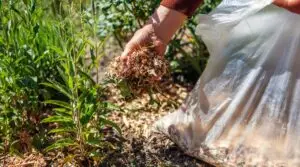
After completing planting and transplanting, apply a layer of mulch to your garden beds. Mulch helps control weeds, retains soil moisture, and maintains temperature stability. It’s particularly effective in preventing new weed growth and conserving water.
Tend to Your Compost
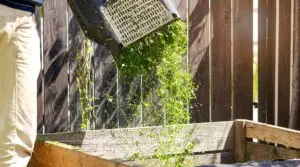
Now is an ideal time to tend to your compost pile. Add green materials and ensure proper moisture and aeration. Mix the compost and monitor the temperature to ensure it’s working effectively. Maintain proper moisture levels to keep the composting process on track.
Water Thoroughly

Finally, give your garden a thorough watering. This helps newly planted fall flowers establish roots and settles the soil after recent disturbances. Adequate watering is essential, especially as the soil tends to lose moisture quickly during the summer.
